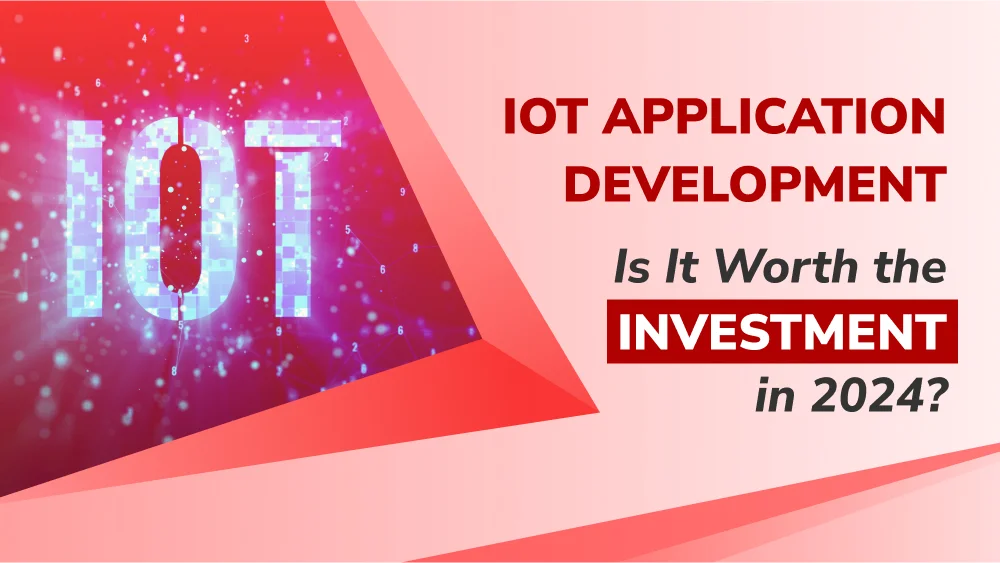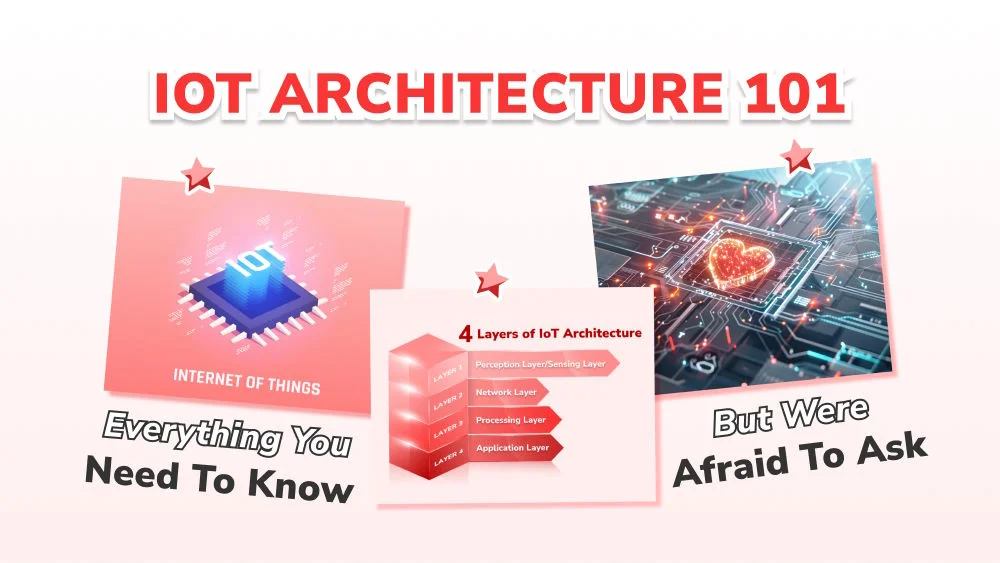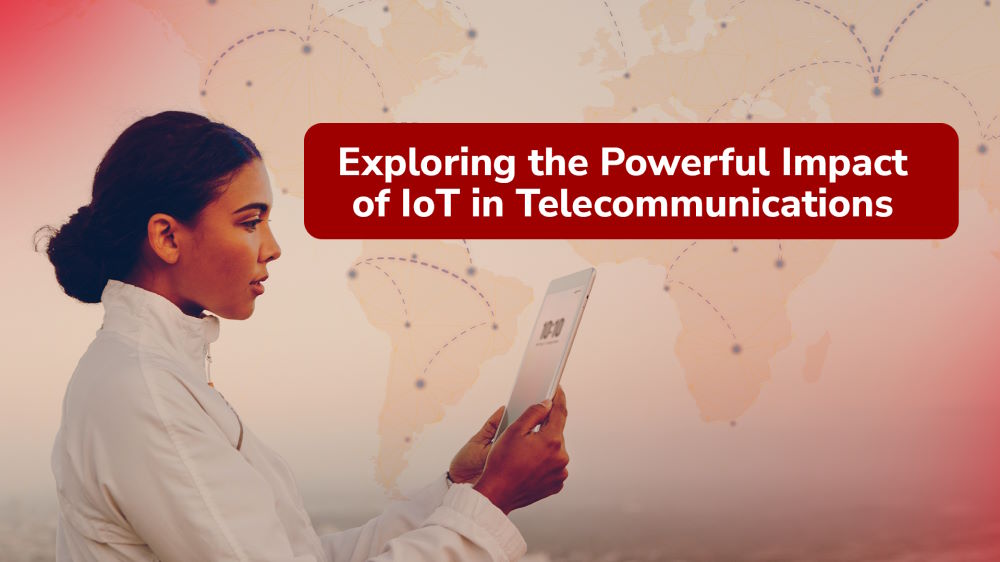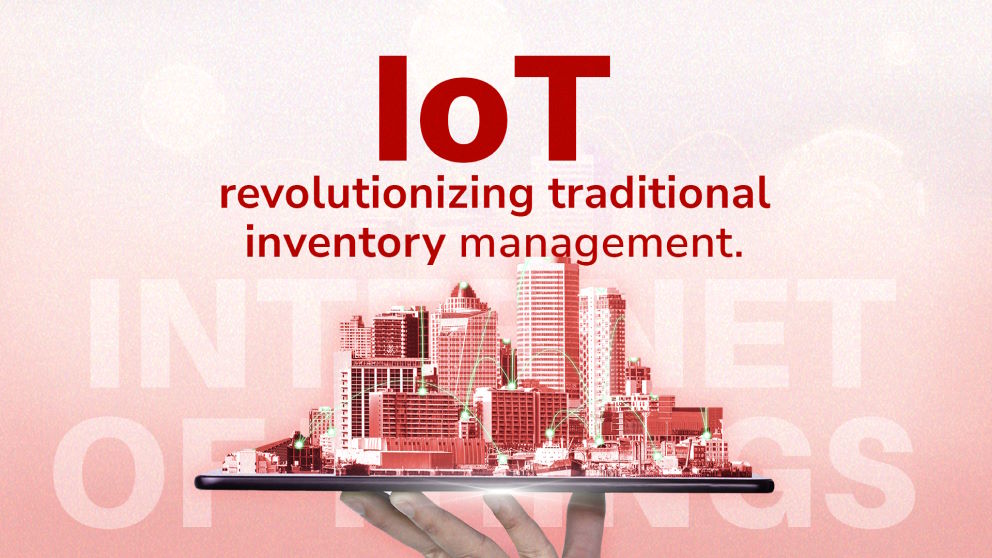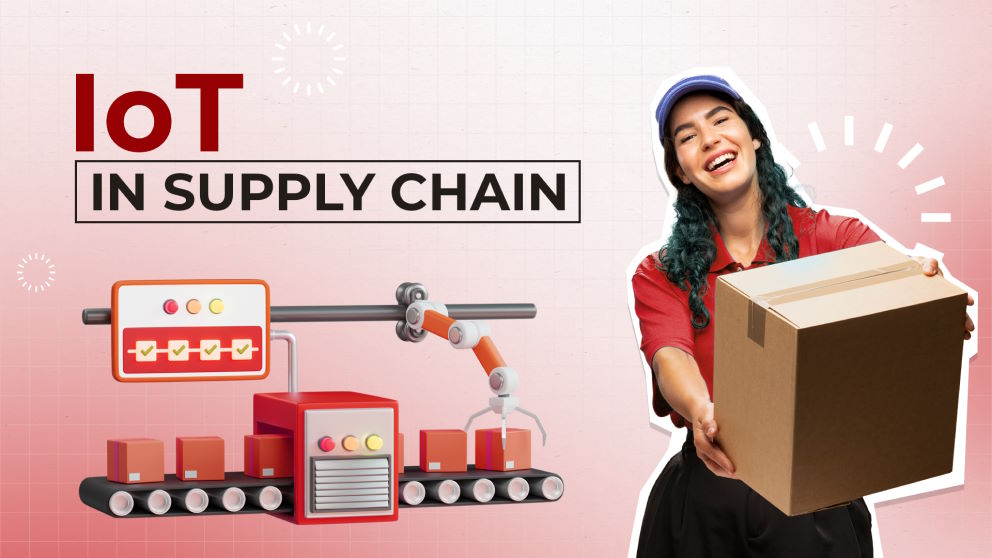Turning Wheels into Smart Devices: The Growth of IoT in Automotive Industry
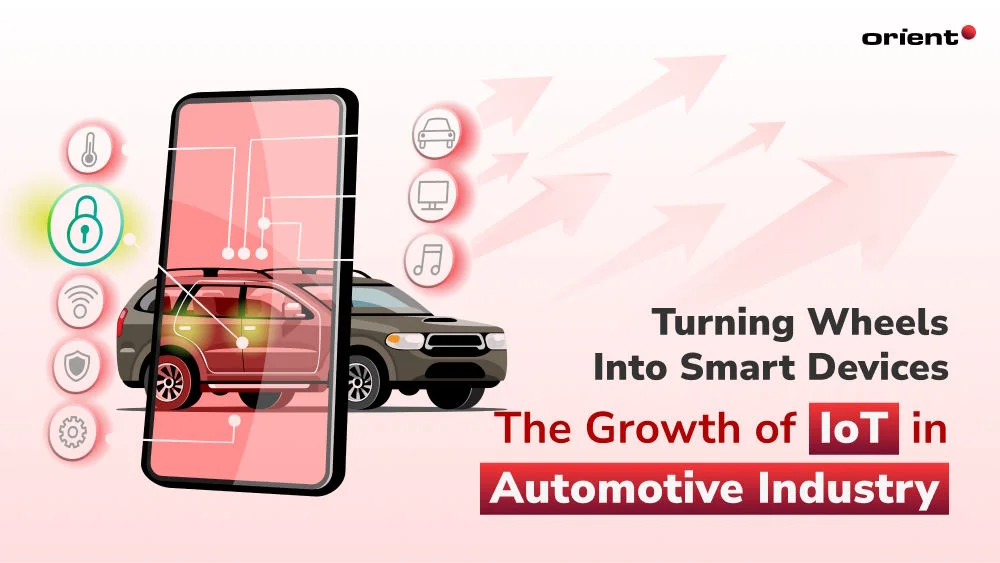
Content Map
More chaptersFrom assembly lines to the daily commute, automobiles have undergone radical changes over 120 years. Now, a new revolution is underway as Internet of Things (IoT) technologies transform vehicles into connected, software-defined machines. The scope and pace of this digital shift promise to leave past innovations in the dust.
The global IoT in automotive industry, valued at $102.3 billion in 2022, is projected to accelerate to a staggering $760.3 billion by 2032, cruising at a robust CAGR of 22.6%. Statistics show that by 2025, there will be over 400 million connected vehicles on roads worldwide, acting as powerful IoT hubs. Sensors will gather petabytes of data from engines, passengers, and the surroundings. This treasure trove fuels advances in autonomous driving, predictive maintenance, and usage-based insurance models. OEMs are racing to integrate emerging tech that elevates both the car manufacturing process and the consumer driving experience.
As 5G networks energize the “car-as-a-service” vision, automotive IoT looks primed to cause more disruption than any other industry. So, which companies will steer this transformation successfully? In this article, we’ll take the driver’s seat to evaluate how automakers and suppliers are leveraging IoT’s potential to engineer the vehicles of tomorrow. Buckle up for an exciting ride ahead!
The Rise of IoT in Automotive Industry
The Internet of Things (IoT) in the automotive industry refers to the integration of a complex system of devices, such as GPS trackers, cameras, and sensors that are connected to the cloud. This interconnectedness provides real-time data that enables the optimization of car manufacturing processes and more efficient transport management. Vehicles become smart means of transportation, leveraging predictive maintenance, direct car-to-car interaction, AI-powered driving assistance, and other advanced features to offer enhanced road safety and driving efficiency.
Several key factors are accelerating the adoption of IoT in the automotive industry. Firstly, advancements in sensor technology have made it possible to gather a wider range of data with greater accuracy and at a lower cost. Secondly, the increasing availability of high-speed wireless networks like 5G allows for seamless data transmission between vehicles and the cloud. Thirdly, the growing consumer demand for safety, convenience, and personalization in their vehicles is pushing car manufacturers to embrace innovative technologies like IoT. Finally, governments around the world are increasingly investing in smart transport systems that utilize IoT to reduce congestion, enhance traffic flow, and improve overall safety.
IoT applications in the automotive industry are vast and varied. Connected vehicles, for instance, use IoT to interact with external objects and road users, ensuring greater road safety and traffic efficiency. Sensors embedded in traffic lights and roads can collect data on traffic flow, allowing for dynamic adjustments to optimize congestion and improve travel times. Predictive maintenance utilizes IoT sensors installed in vehicles to detect pre-failure conditions, prompting preventive measures to avoid malfunctions. In-vehicle infotainment systems provide services like navigation, music streaming, hands-free calling, and voice assistance, enhancing the driving experience. These examples illustrate how IoT is revolutionizing the automotive sector, making it smarter, safer, and more user-friendly.
IoT-enabled Features in Autonomous Vehicles
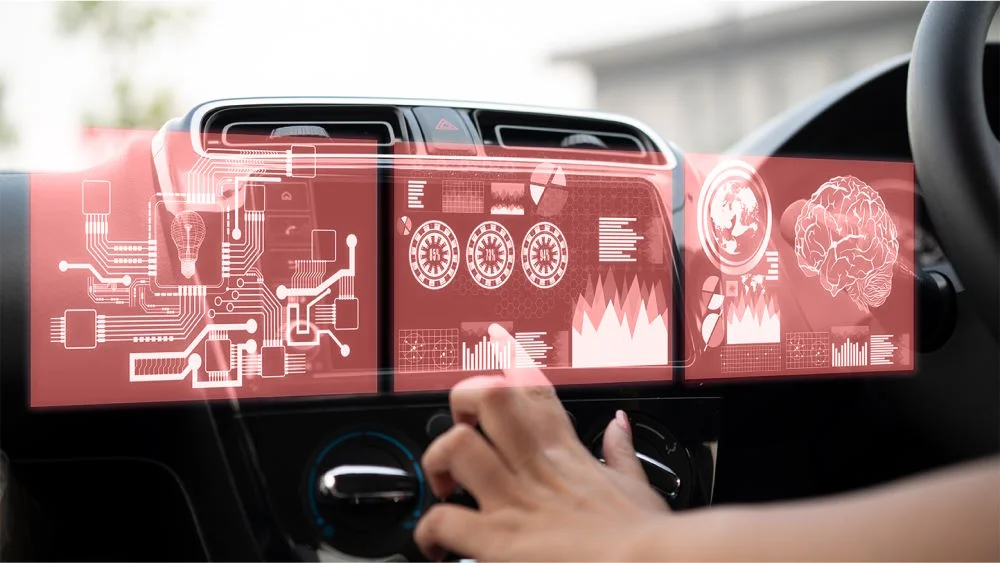
Modern vehicles are no longer just about getting from point A to point B. Thanks to automotive IoT solutions, they’re transforming into connected machines brimming with features that enhance safety, convenience, and the overall driving experience. Let’s explore two key areas where IoT shines: connected car technologies and advanced driver assistance systems (ADAS).
Connected Car Technologies
Connected cars can offer a variety of features that make driving more convenient and informative. For example, drivers can use their smartphones to remotely lock or unlock their car doors, adjust the climate control before entering, or even start the engine for a pre-heated cabin on a cold morning. Additionally, connected cars can provide real-time traffic updates and suggest alternative routes to avoid congestion, saving time and frustration.
The advantages of connected car technology extend beyond convenience. These features can significantly improve safety. For instance, built-in emergency assistance systems can automatically connect to emergency services in case of an accident, potentially saving lives. Furthermore, connected cars allow for remote vehicle diagnostics, where mechanics can analyze vehicle data to identify potential issues before they become major breakdowns. This proactive approach can save drivers money on repairs and prevent inconvenient roadside breakdowns.
Advanced Driver Assistance Systems (ADAS)
ADAS features are designed to make driving safer and less stressful. They can alert drivers to potential hazards, intervene to prevent accidents, and even take over some driving tasks in specific situations. This not only reduces the risk of accidents but also alleviates driver fatigue on long journeys.
There are many ADAS features available, each offering a unique benefit. Here are a few prominent examples:
- Adaptive Cruise Control (ACC): This system automatically maintains a safe distance from the vehicle in front, then adjusts the car’s speed to match the traffic flow.
- Lane Departure Warning (LDW): LDW detects if the car is unintentionally drifting out of its lane and alerts the driver with visual or auditory warnings.
- Automated Parking: This system takes the stress out of parallel parking by using sensors and cameras to guide the car into a tight space with minimal driver input.
These are just a few examples, and as IoT technology continues to evolve in the future, we can expect even more advanced ADAS features to emerge, further revolutionizing the way we drive and interact with our vehicles.
IoT in Vehicle Maintenance and Management
IoT isn’t just about bells and whistles in new cars; it’s also transforming the way we maintain and manage vehicles. By leveraging the power of sensors and real-time data collection, autonomous vehicle technologies are enabling a paradigm shift towards predictive maintenance and smarter fleet management solutions.
Predictive Maintenance
Traditionally, vehicle maintenance has been a reactive process, relying on scheduled servicing or waiting for a breakdown to occur before addressing issues. However, IoT is paving the way for a more proactive approach known as predictive maintenance.
Vehicles equipped with IoT sensors can continuously monitor various aspects of their health, such as engine performance, oil pressure, and tire pressure. This data is then transmitted to the cloud, where powerful analytics tools can identify subtle changes or anomalies that might indicate potential problems. Based on this data, mechanics can be alerted to potential issues before they escalate into major breakdowns, allowing for preventative repairs to be scheduled at a convenient time.
The benefits of predictive maintenance are numerous. Firstly, it can significantly reduce vehicle downtime. By identifying and solving potential issues before they cause a breakdown, predictive maintenance keeps vehicles on the road and minimizes disruptions. Secondly, it optimizes maintenance schedules. Instead of relying on arbitrary service intervals, predictive maintenance allows for repairs to be based on the actual condition of the vehicle, leading to more efficient use of resources. Finally, predictive maintenance can extend the lifespan of a vehicle by preventing minor problems from turning into major ones.
Fleet Management
For businesses that rely on fleets of vehicles, IoT-based management systems offer a powerful set of tools to optimize operations and improve efficiency. These systems leverage IoT sensors installed in fleet vehicles to gather real-time data on various aspects, including location, fuel consumption, driver behavior, and vehicle health. This data is then transmitted to a central platform where it can be visualized, analyzed, and used to make informed decisions.
The applications of IoT in fleet management are diverse. For example, fleet managers can track the location of their vehicles in real time, allowing for optimized route planning and improved dispatch efficiency. Additionally, fuel consumption data can be used to identify inefficient driving habits and implement training programs to promote fuel-saving practices. Furthermore, IoT-based systems can monitor vehicle health and provide alerts for potential maintenance needs, enabling predictive maintenance strategies for the entire fleet. This translates to significant cost savings for businesses, reduced downtime, and improved operational efficiency.
Enhancing User Experience with IoT in Automotive
The impact of IoT in automotive extends far beyond just engine diagnostics and performance optimization. It’s revolutionizing the way we interact with our vehicles, creating a more personalized, convenient, and ultimately enjoyable driving experience.
Infotainment Systems
By leveraging internet connectivity and powerful processors, these systems offer a plethora of features that keep drivers and passengers entertained and informed on the go. Imagine seamlessly streaming music or podcasts through services like Spotify or Apple Music, all controlled through voice commands or a touchscreen interface. Additionally, IoT-powered infotainment systems can integrate with smartphones, allowing passengers to mirror their devices and access their favorite apps and media libraries.
The possibilities are vast and constantly evolving. Here are some prominent examples:
- Multimedia Streaming: Access a vast library of music, podcasts, audiobooks, and even movies through internet-connected streaming services.
- Voice Assistants: Interact with your car hands-free using voice commands to control navigation, adjust climate control, or even make phone calls.
- Personalized Settings: Create custom profiles that remember your preferred radio stations, climate settings, and even seating positions for a truly personalized driving experience.
Vehicle-to-Vehicle (V2V) Communication
Imagine a scenario where your car receives real-time warnings about an accident or sudden braking happening ahead, even if it’s beyond your line of sight. V2V communication makes this possible by allowing vehicles to share data on location, speed, and direction, creating a collaborative awareness of the surrounding environment. This can significantly reduce rear-end collisions and other accidents caused by limited visibility. Furthermore, V2V communication can be integrated with the intelligent transport system (ITS) to optimize traffic flow. By sharing data on congestion and road closures, vehicles can be rerouted dynamically, leading to smoother traffic flow and reduced travel times.
The potential applications of V2V communication are vast and hold immense promise for the future of transportation. Here are some potential benefits:
- Enhanced Road Safety: V2V communication can significantly reduce accidents by providing real-time warnings about hazards and potential collisions.
- Improved Traffic Efficiency: By facilitating data exchange with ITS infrastructure, V2V communication can optimize traffic flow and reduce congestion.
- Emergency Vehicle Assistance: Vehicles can receive real-time alerts about the location and approach of emergency vehicles, allowing for smoother passage and faster response times.
A Future Powered by IoT in Automotive
The integration of IoT in the automotive industry is rapidly transforming our vehicles from simple machines into intelligent, connected companions. From the convenience of connected car features to the enhanced safety provided by ADAS, IoT is creating a driving experience that is safer, more efficient, and more enjoyable than ever before. Looking ahead, predictive maintenance powered by IoT will optimize vehicle health and performance, while V2V communication promises to revolutionize road safety and traffic flow.
As you can see, the potential of IoT in the automotive industry is vast and ever-expanding. But the power of IoT extends far beyond cars. At Orient Software, we are at the forefront of harnessing the potential of IoT technology across a wide range of industries. We possess the expertise and experience to help you leverage the power of IoT to transform your business, regardless of your field. So, if you’re looking to embrace the future and unlock the potential of connected devices, partner with Orient Software today. Together, we can turn your innovative ideas into reality and drive the future with the power of IoT.

